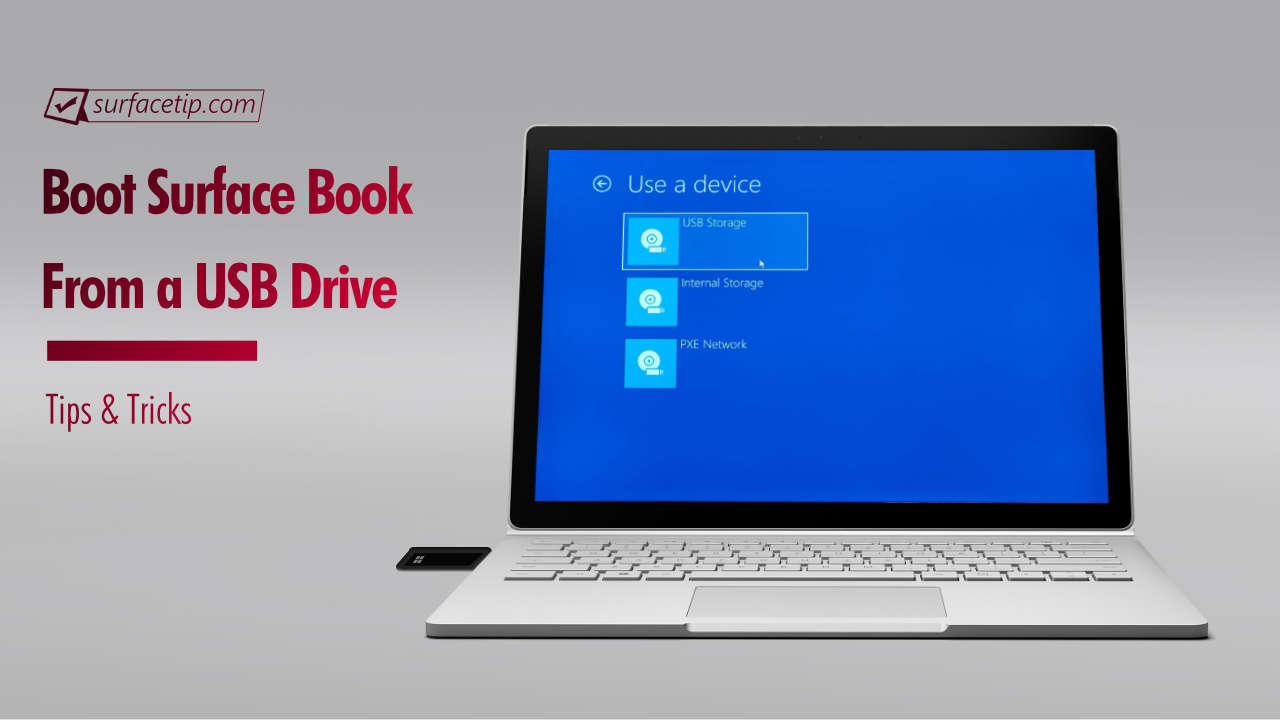
Booting a Surface Book from a USB Drive can be a little frustrating if you don’t follow its specific procedure, especially when your device can’t boot to Windows. This article has everything you need to know to boot your Surface Book from a USB Drive.
To boot the Surface Book from a USB drive, insert a bootable USB drive into the Surface Book Base’s USB port. Press and hold the Volume Down button on the tablet while holding, pressing, and releasing the power button. When the Surface logo appears, release the Volume Down button.
Before you move on, we have also written this tutorial for other Surface lineups with individual-specific instructions, as you can find here.
- How to Boot Surface Go 1-3 from a USB
- How to Boot Surface Pro 4-8 and X from a USB
- How to Boot Surface Laptop 1-4 from a USB
If you have a Surface Book (1st Gen), Surface Book with Performance Base, Surface Book 2, or a Surface Book 3 PC, read on for a more in-depth guide on how to boot your Surface Book from a USB Drive.
Table of Contents
Why Boot Surface Book From A USB Drive?
You need to boot your Surface Book from a USB Drive for several reasons.
- Resetting your Surface Book with a USB Recovery Drive.
- Fresh Windows Installation.
- Running Windows To Go.
- Installing or running Linux-based OS (Ubuntu, Fedora, Redhat, etc.).
- Loading bootable recovery or disk partition tool
Surface Book Boot From A USB: Preparation
Before proceeding to the next step, here are some preparations you need to make before booting your Surface Book from a USB drive.
- Bootable USB Drive
You must have a proper bootable USB Drive. If you want to reset your Surface Book with a recovery drive, you must download the recovery image for your Surface and create a recovery drive before you can boot it up on your Surface Book. - Disable Secure Boot
Secure Boot blocked all third-party boot loaders from booting off your Surface devices. Disable Secure Boot lets you load third-party OS other than Windows 10, which includes older versions of Windows and Linux, on your Surface Book. Here’s how to turn off the secure boot on Microsoft Surface Book. - Backup Your Data
Save yourself later by backing your essential data to a MicroSD card or external hard drive. - Having a Wired Mouse & Keyboard
There is a chance that your Surface won’t support touch or pen input when you install clean Windows or load Linux OS on your Surface. A wired mouse, keyboard, and a network dongle can help you in this situation. - Connected to the Charger
To prevent any unexpected shutdown during installation, make sure you have connected your Surface Book to an external power source.
Surface Book Boot From A USB: When Surface Book is Off
- Shut down your Surface Book.
- Insert your bootable USB or recovery drive into the Surface Book’s USB port.
- Press and hold the Volume Down button on your Surface Book, then press and release the Power button.
- When you see the Surface logo screen appear, release the Volume Down button.

Surface Book Boot From A USB: When Surface Book is On
There is an easier way to boot your Surface Book from a USB drive when you can sign in to Windows 10 or 11. Here is how to do that:
- Insert your bootable USB or recovery drive into the Surface Book’s USB port.
- Open Windows Settings
First, you need to access Windows Settings by going to Start and opening the Settings app with the gear icon (or by using Win + I shortcut key). - Go to Windows Updates > Advanced options.
On the left pane of the settings, select “Windows Updates.” Then select “Advanced options” under the More Options section.

- Select the “Recovery” option
Under the “Additional options”, select “Recovery”.

- Restart your Surface Book in “Advanced Startup” mode.
Under recovery options, click the “Restart now” button to restart your Surface Book in advanced startup mode, allowing you to change startup settings.

- Select “Use a device.”
After restarting your Surface Book, you will see a blue screen with the following options. Select “Use a device.”

- Select “USB Storage”
It will list all possible ways to boot, including all connected storage devices. Select “USB Storage”.

Your Surface Book will reboot with boot files from the inserted USB drive.
- Insert your bootable USB or recovery drive into the Surface Book’s USB port.
- Open Windows Settings
First, you need to access Windows Settings by going to Start and clicking the Gear icon (or by using Win + I shortcut key). - Go to Update & Security
In Windows Settings, select “Update & Security“.

- Go to Recovery
On the left side of the settings, select Recovery.

- Restart your Surface in Advanced Startup
Under the “Advanced startup” section, click the “Restart now” button to restart your Surface in an advanced startup mode.

- Select Use a device.
After restarting your Surface Book, you will see a blue screen with the following options. Select Use a device.

- Select USB Storage
It will list all possible ways and connected storage devices. Select USB Storage.

Now, your Surface Book will reboot with your connected USB drive.
Surface Book Boot From A USB: With No Password
Users might often want to reset their Surface Book when they forget the account password that prevents them from logging in. Here is how to do that on Surface Book with or without a keyboard attached.
- Open On-Screen Keyboard (skip this if you have a keyboard attached)
On the Windows 11 login screen, Go to the Accessibility icon and stay right next to the power icon. Then select the “On-Screen Keyboard”.

- Press and hold the Shift Key
On the Surface Type Cover, press and hold the Shift key (on the On-Screen Keyboard, click the Shift key, and it will hold by itself). - Go to Power > Restart
On the right-bottom of the screen, click the power icon and select Restart. It will reboot your Surface Book in Advanced startup mode.

- Select Use a device.
After restarting your Surface Book, you will see a blue screen with the following options. Select Use a device.

- Select USB Storage
It will list all possible ways and connected storage devices. Select USB Storage.

- Open On-Screen Keyboard (skip this if you have a keyboard attached)
On the Windows login screen, Go to the “Ease of access” button and stay next to the power icon. Select On-Screen Keyboard.

- Press and hold the Shift Key
On the Surface Type Cover, press and hold the Shift key (on the On-Screen Keyboard, just click the shift key, and it will hold by itself). - Go to Power > Restart
On the right-bottom of the screen, click the power icon and select Restart. It will reboot your Surface Book in Advanced startup mode.

- Select Use a device.
After restarting your Surface Book, you will see a blue screen with the following options. Select Use a device.

- Select USB Storage
It will list all possible ways and connected storage devices. Select USB Storage.

More on Surface Book Tips & Tricks
Here are some related articles for Microsoft Surface Book tips & tricks you might want to read:
- How to Manage Asset Tag on Microsoft Surface Devices
- How to Check Your Surface Warranty Status
- How to Connect Xbox Controller to Surface with Xbox Wireless Support
- How to claim Surface exclusive offers for Surface devices
- How to Adjust Surface Book Screen Brightness
- Here’s how to disable secure boot on Microsoft Surface Book
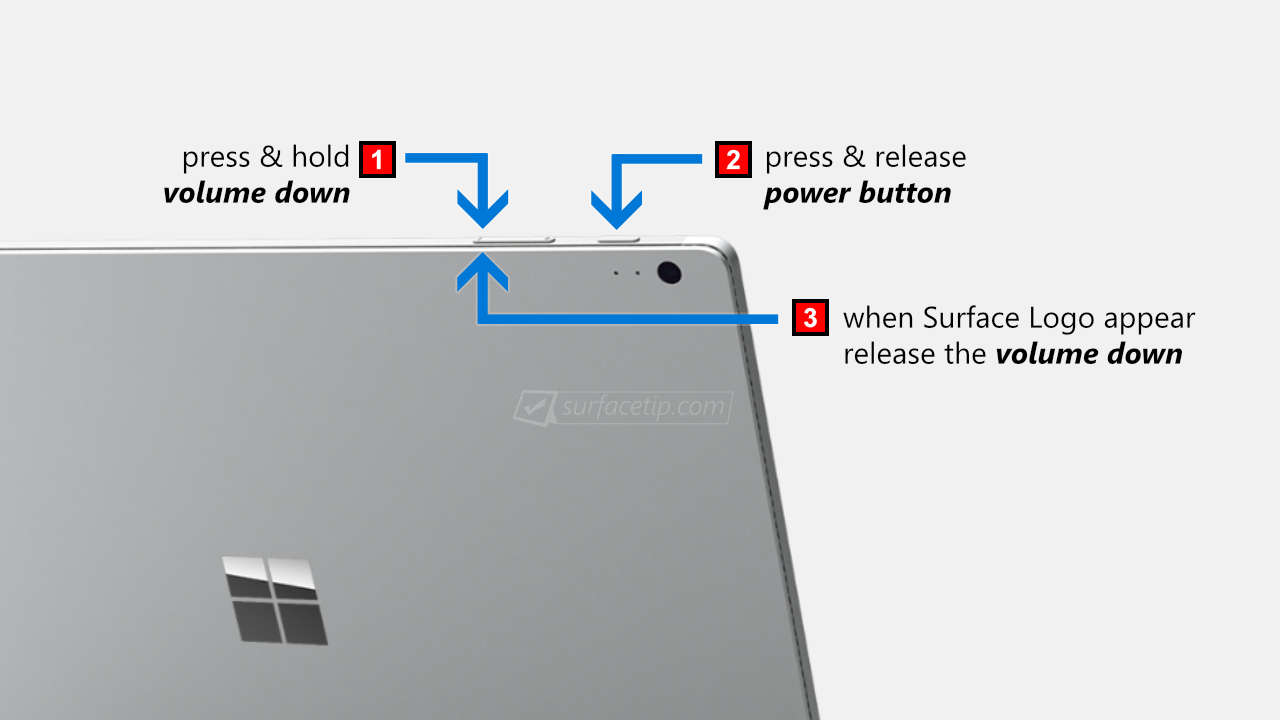
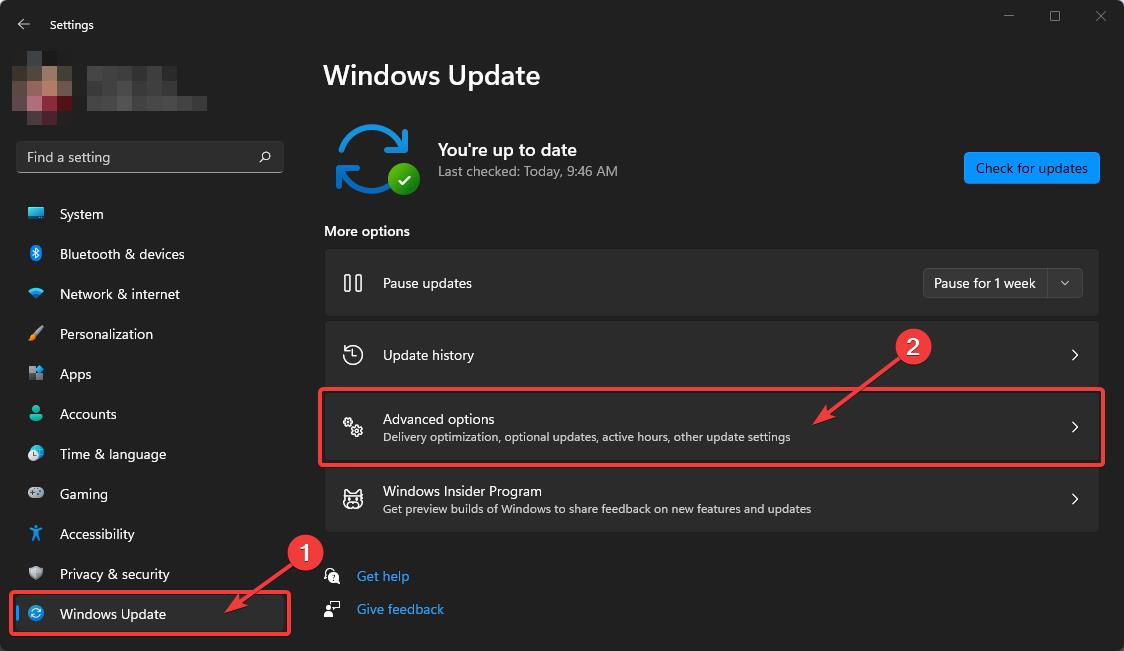
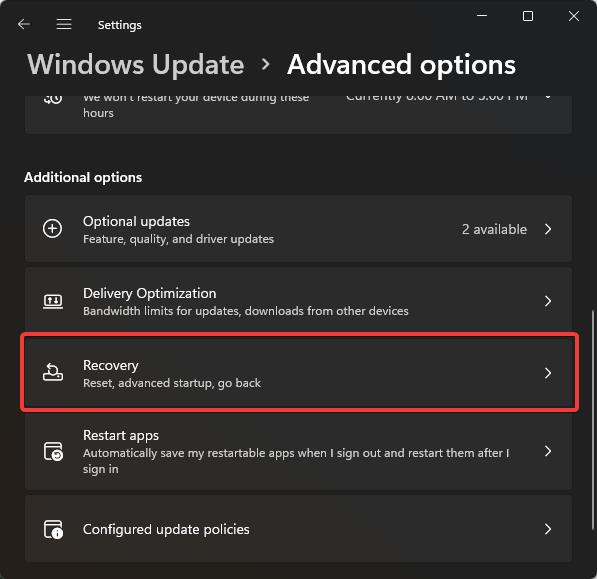
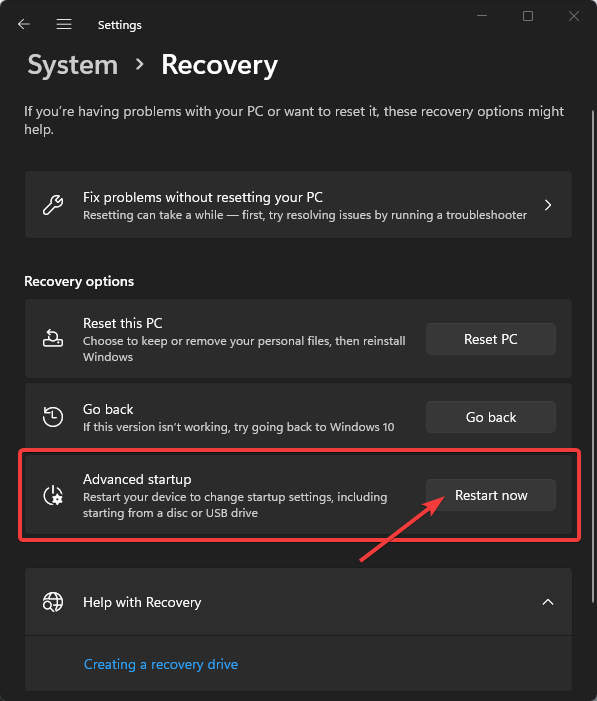
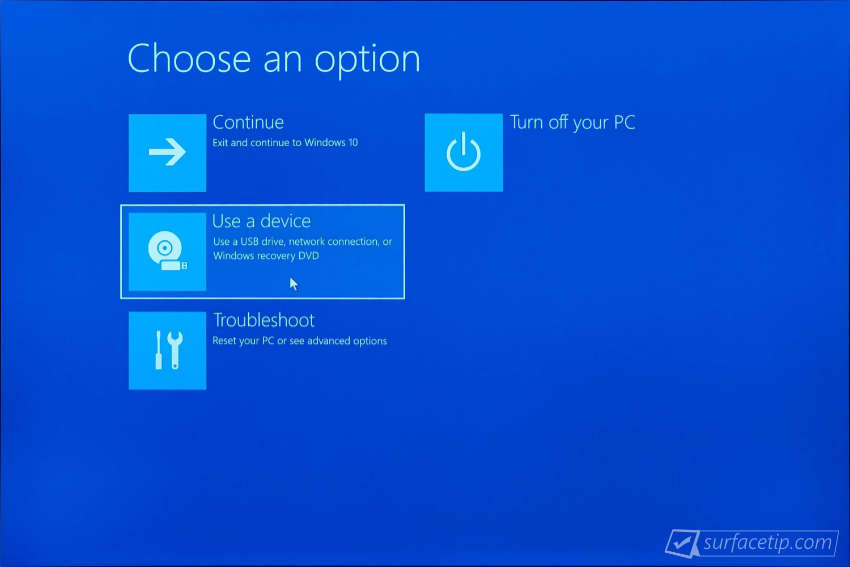
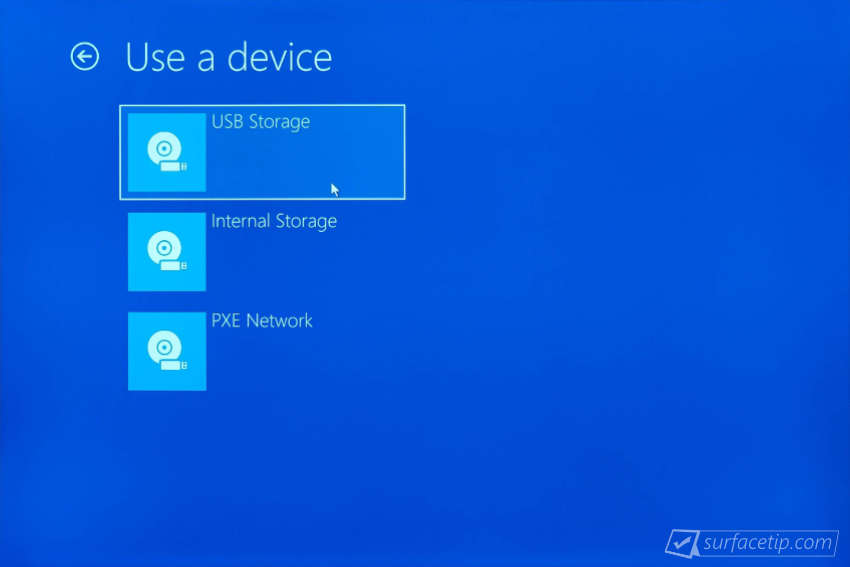
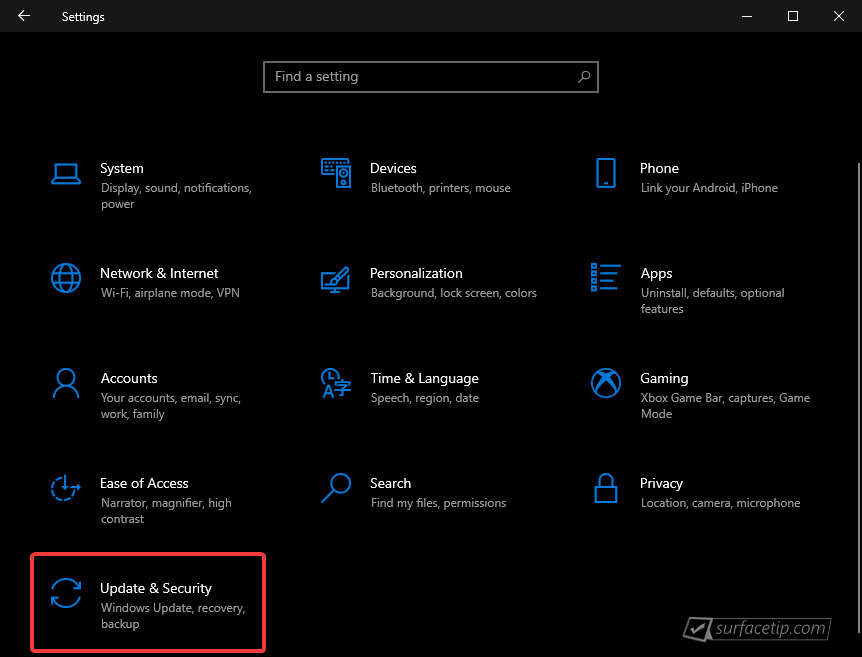

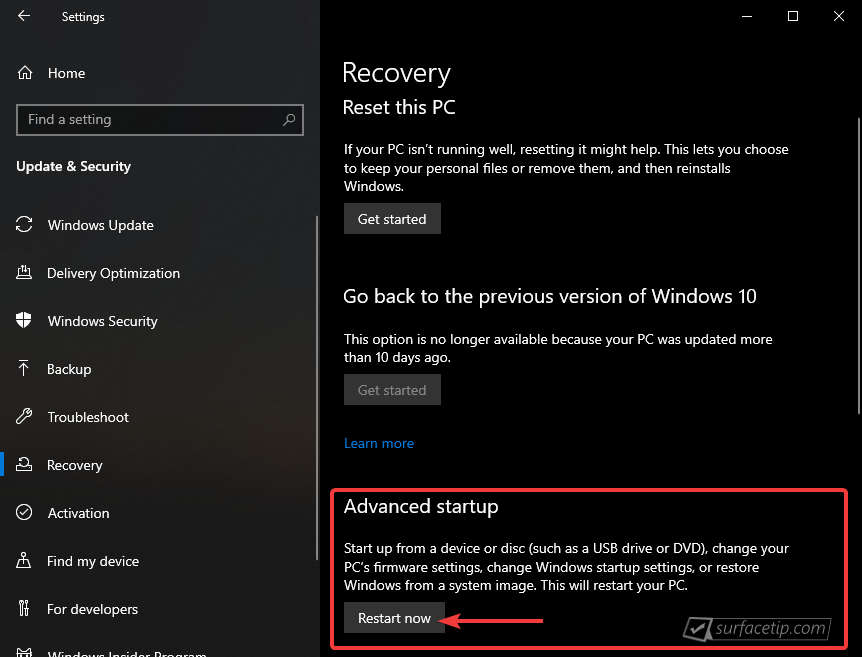
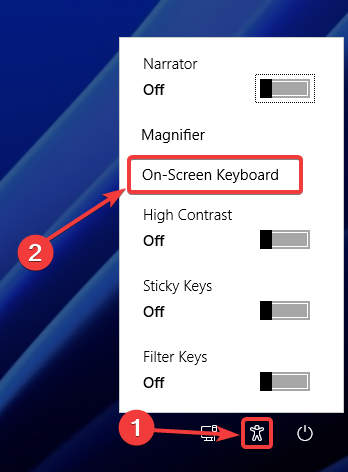
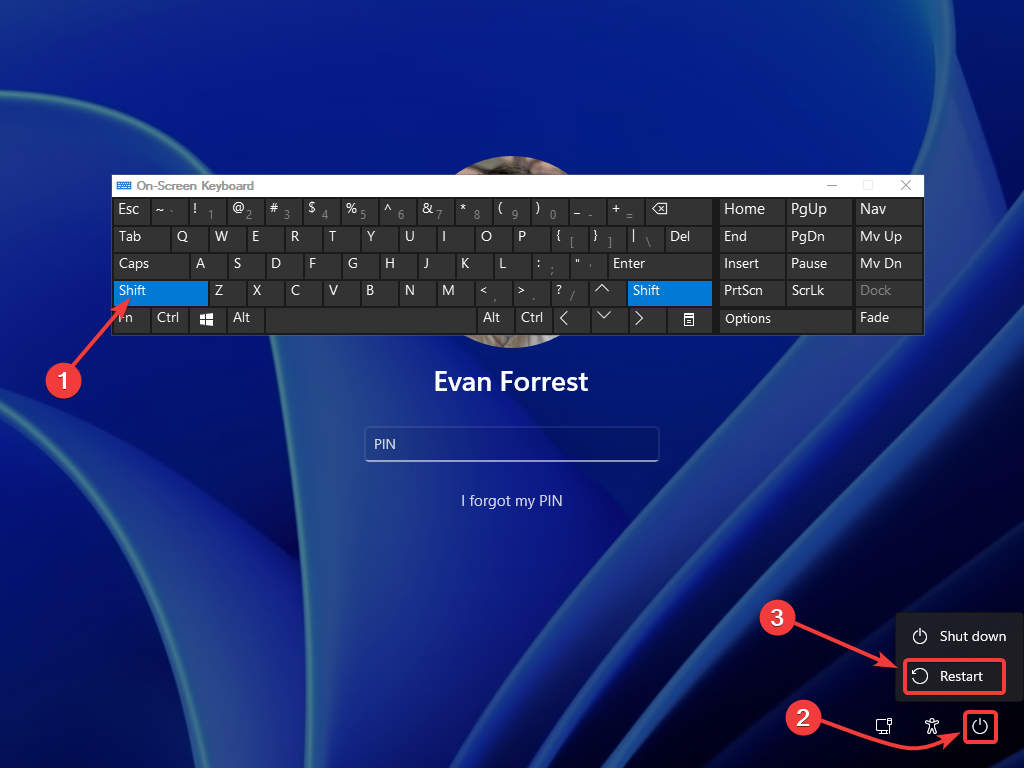
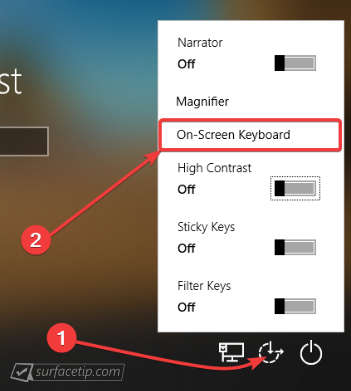
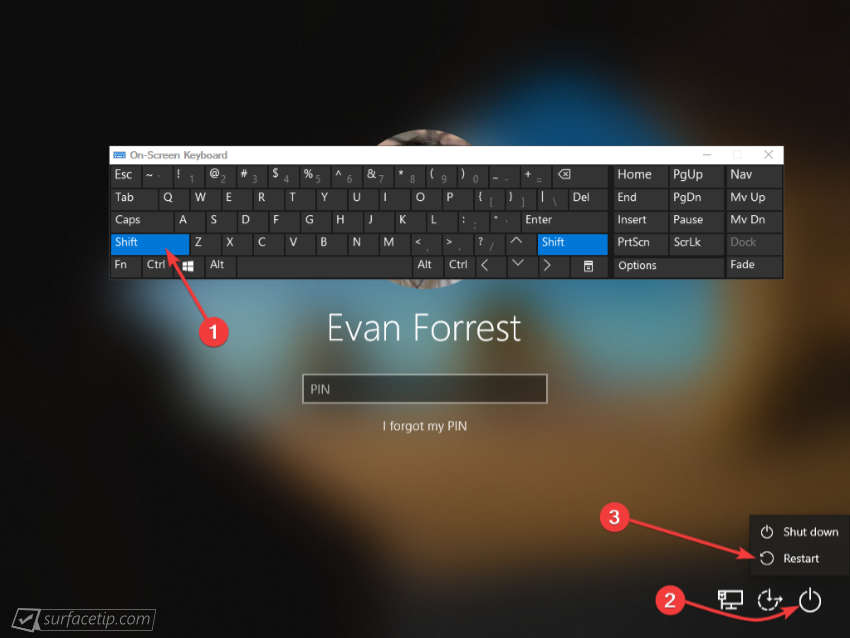

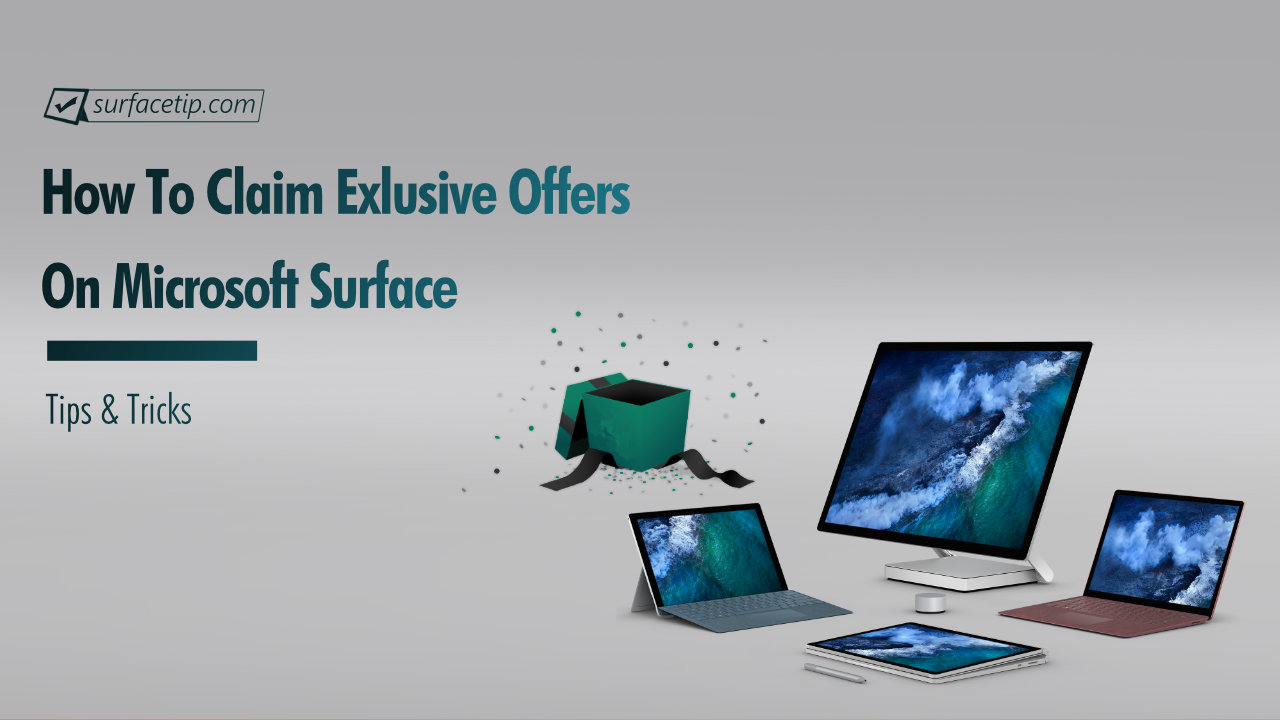
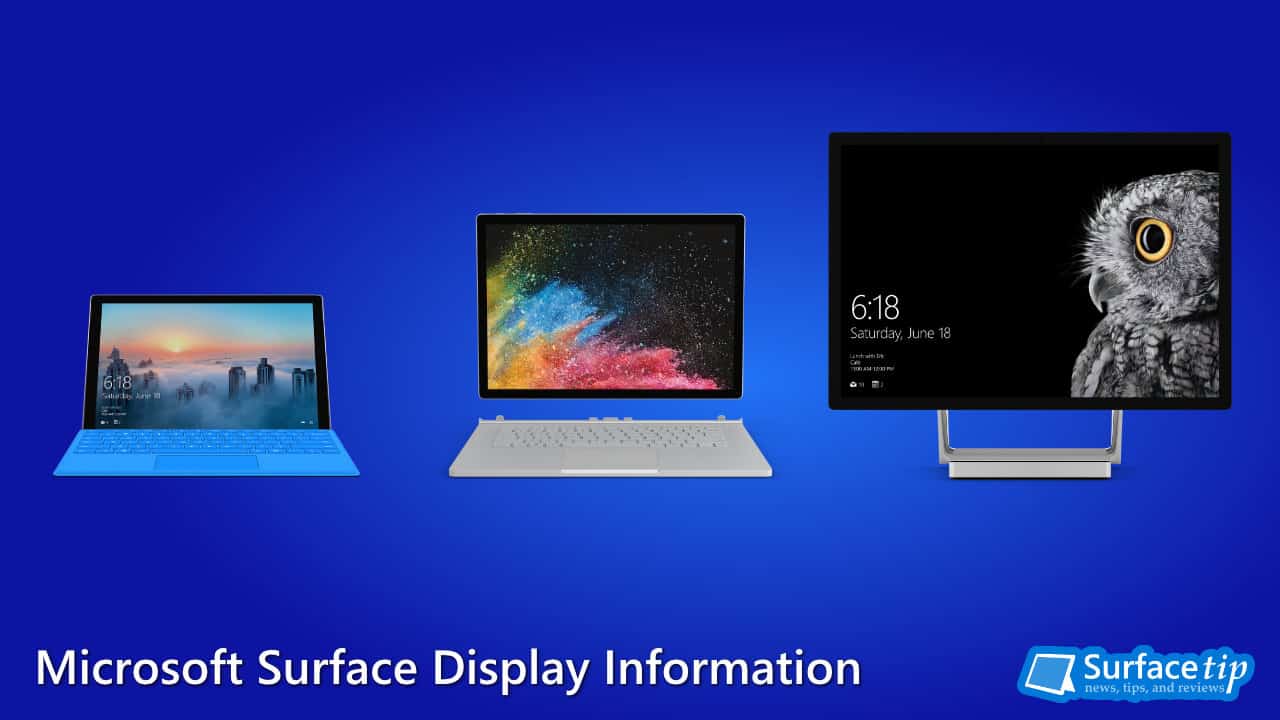
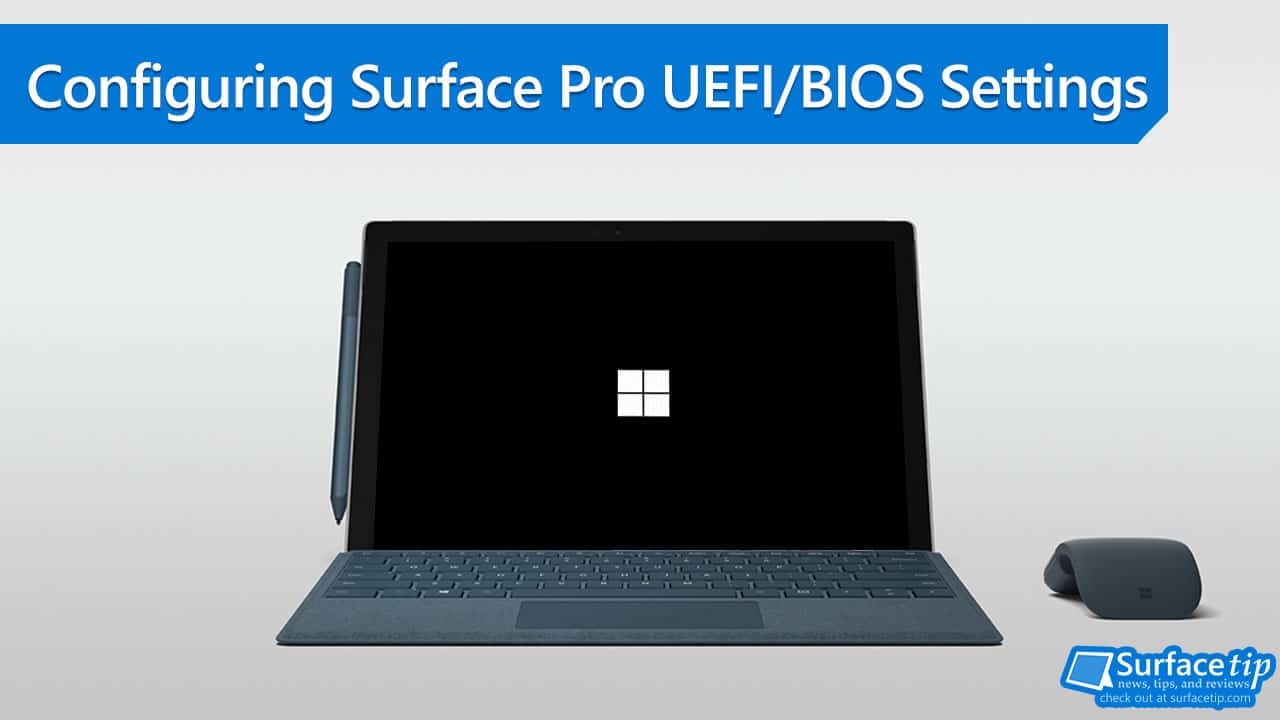
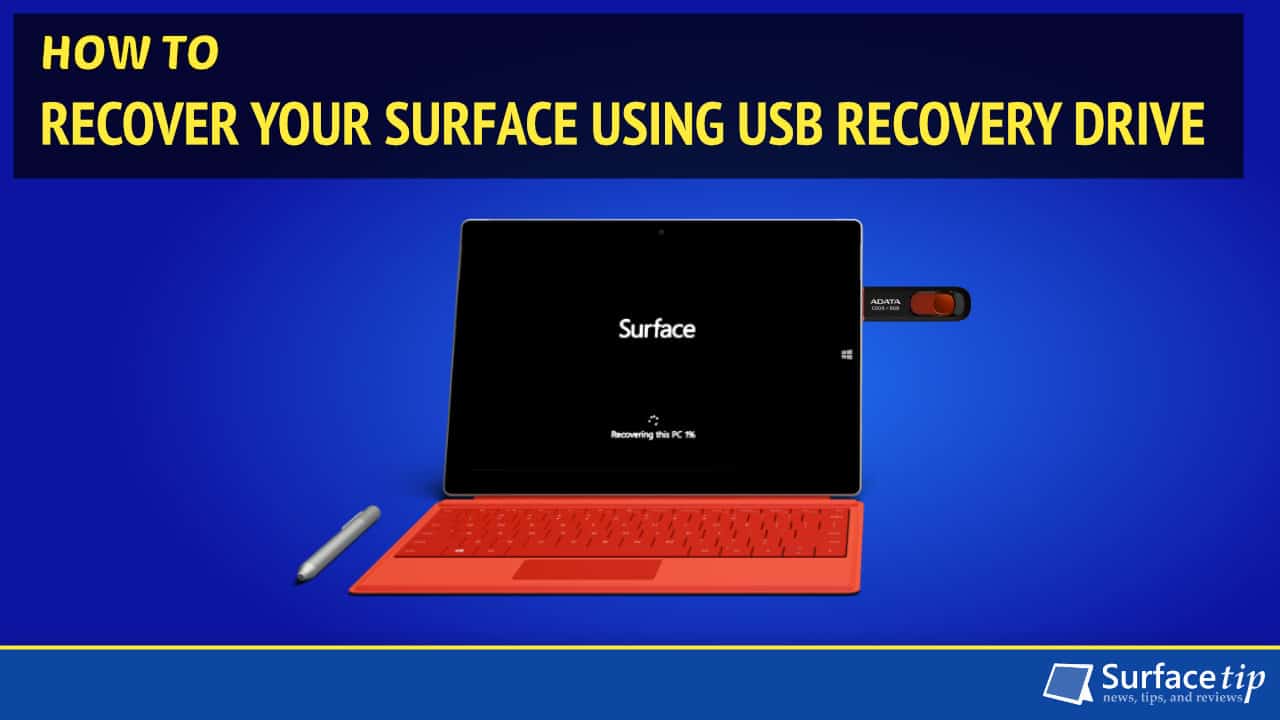
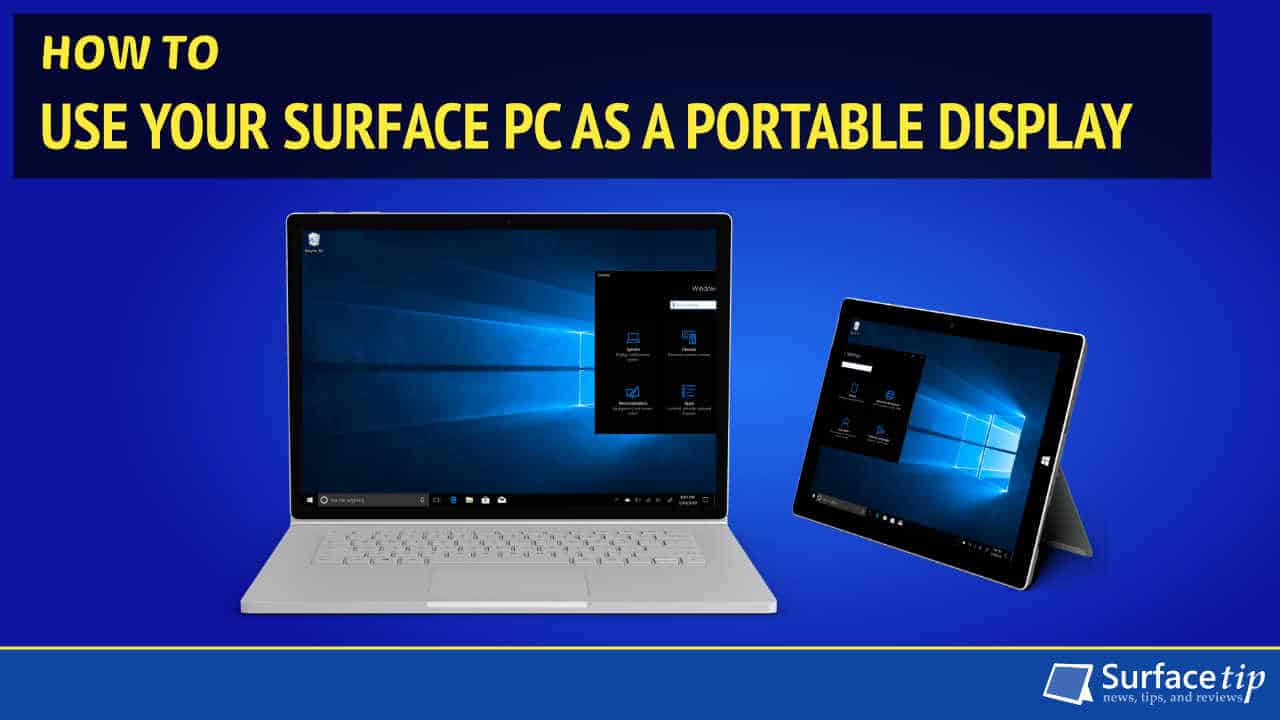
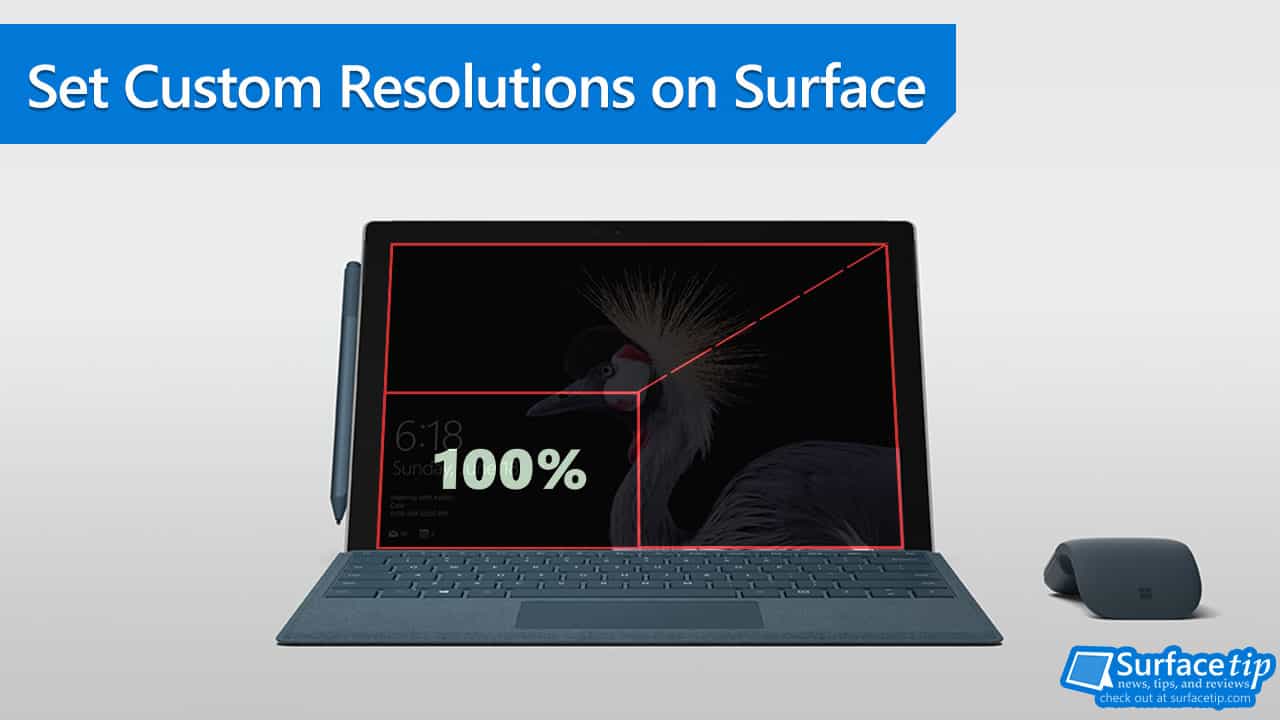
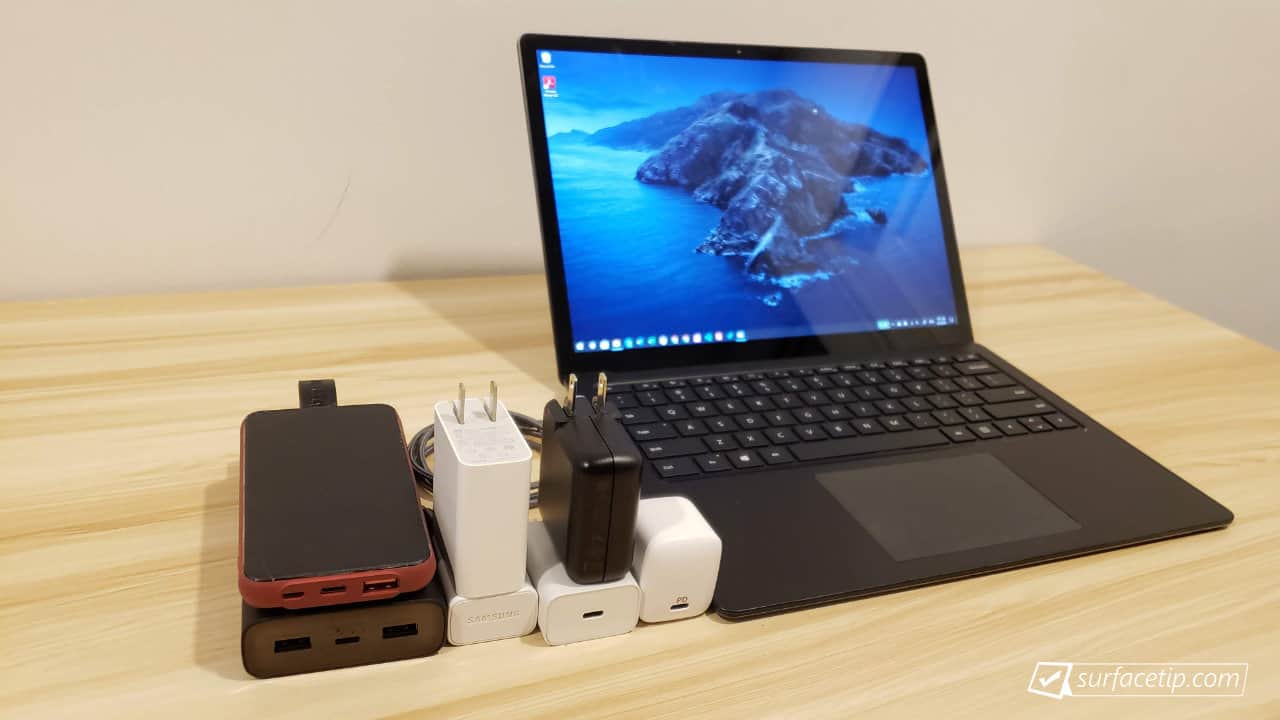
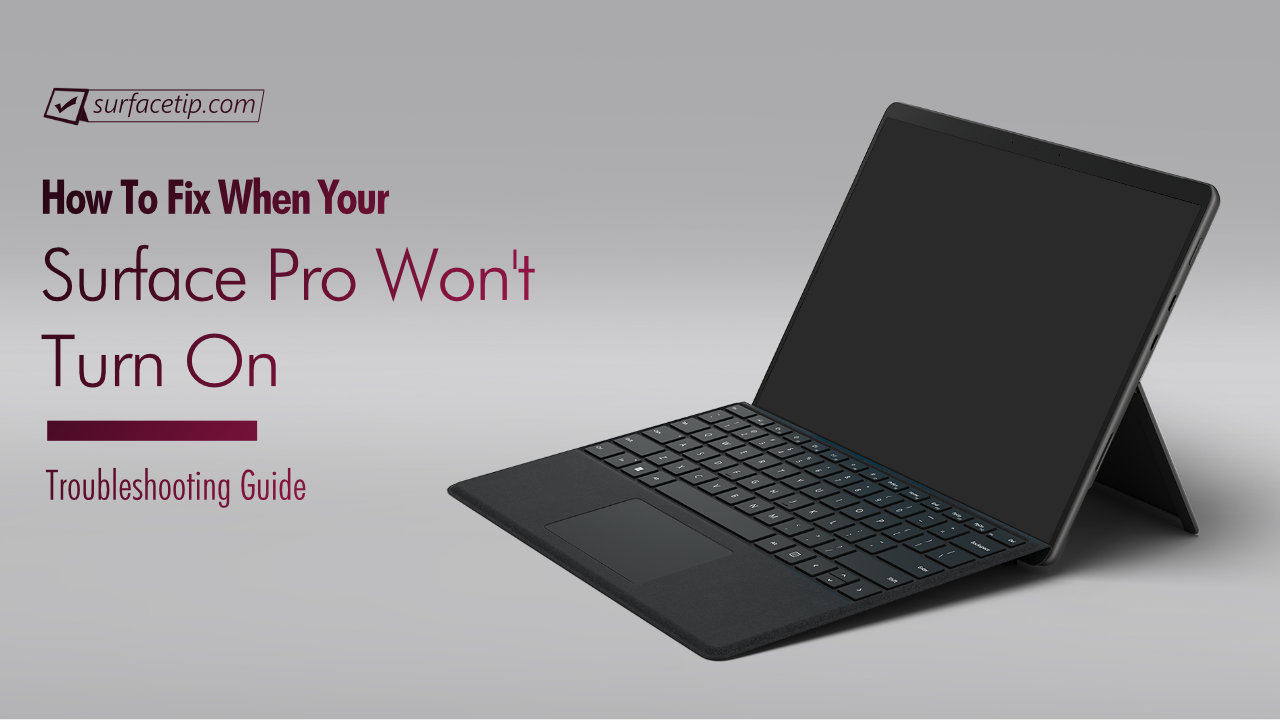
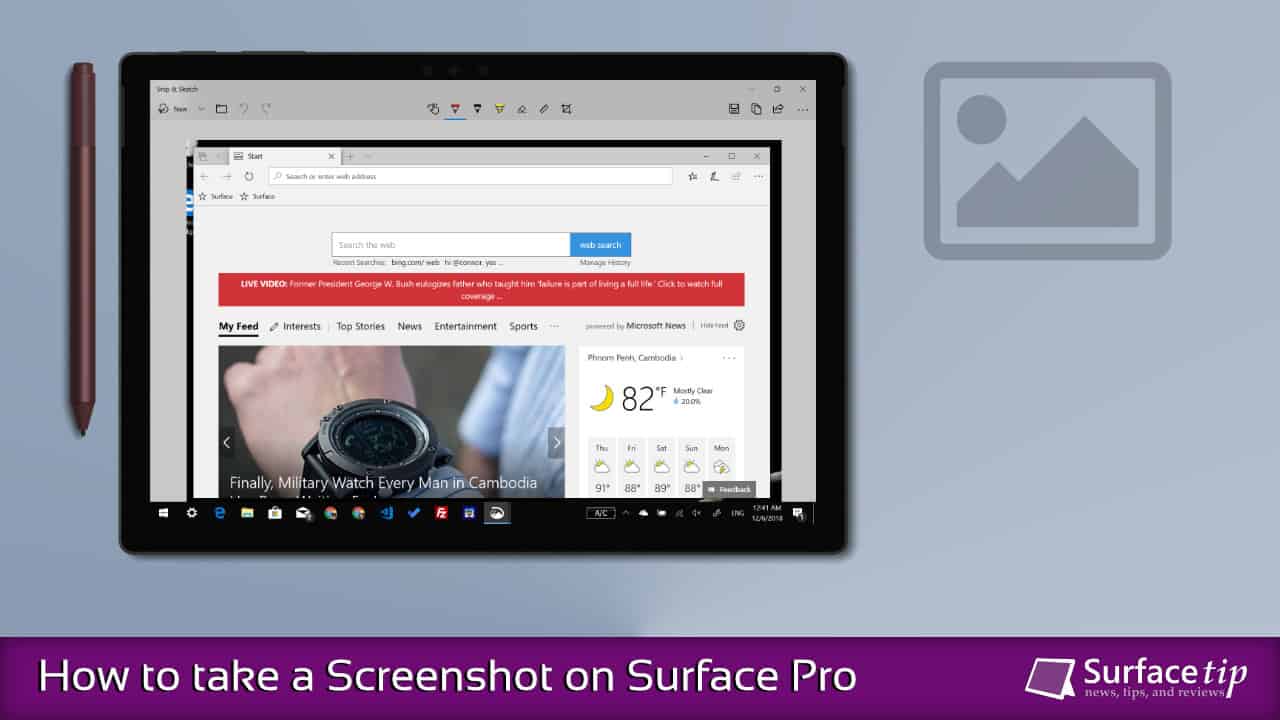
COMMENTS
Let us know what you think!
We appreciate hearing your thoughts, questions, and ideas about “How to Boot Surface Book From a USB Drive”.
Thank you very much, it has been really detailed and clearly explained, with photos, good continuation.
Thank you very much for the explanation! I have another issue with booting windows 10 on my surface book 1 after I replaced the battery on Surface Book. It stuck on the UEFI screen (BIOS setting) and windows doesn’t start. However, if I do the following, it will boot windows:
1. Shut down your Surface Book.
2. Press and hold the Volume Down button on your Surface Book, then press and release the Power button. (No the USB recovery drive inserted and boot order is set Internal Drive first).
The Windows will start, however if I restart my Surface book or power off it and restart it, it will go to UEFI screen again. I have tried many ways and only way that works is the above.
Do you have any idea how to solve this issue? Thank you very much in advance!
First, You might want to confirm “Configure boot device order” in UEFI settings as you can find the correct one here.
If it doesn’t work, you can also try to delete Windows Boot Manager from the list by using the trash icon, so it will recreate your Surface’s Windows Boot Manager that might fix your issue.